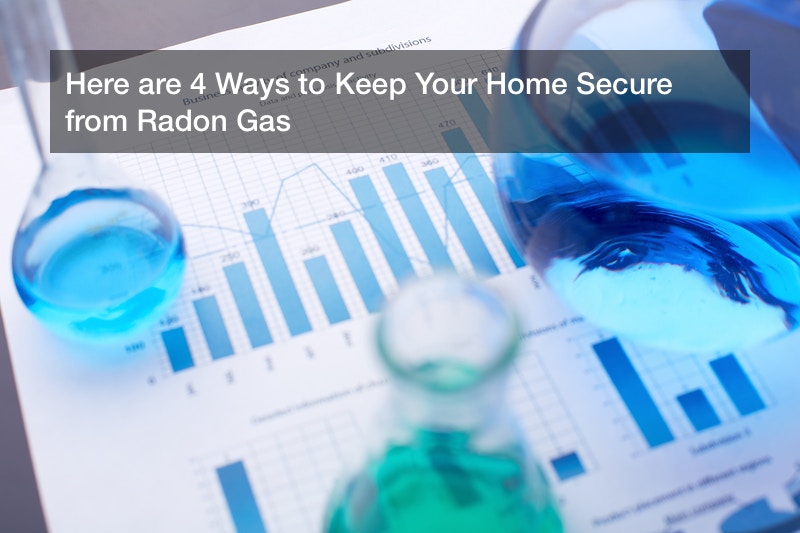
When you think of your home, you think of a safe place where nothing bad can happen.
That’s very true in a lot of ways, but when it comes to radon, it can be very dangerous to your home. Why? Because it’s a natural radioactive gas that can’t be seen and can’t be smelled.
You may not know it, but radon can wreak havoc on your health, especially the lings. Radon can affect anybody and it’s recognized by the U.S. Surgeon General’s Office as the second leading cause of lung cancer in the United States (about 20,000 deaths per year). What’s more: the risk of lung cancer increases by 16% per 100 Bq/m increase in long time average radon concentration.
You’re probably wondering based on those numbers, is my home affected by radon? There’s a pretty good chance it is. The standard level for the Environmental Protection Agency is 4 pCi/L and about 1 in 15 homes have levels beyond acceptable EPA levels.
All these numbers may sound scary, but don’t fret. Fortunately, there are things you can to test for radon at home. When it comes to lowering the risk in your home, radon test kits are one of the best tools you can have. You can pick them up in several varieties at your local home improvement store and you can also call the National Radon Hotline (1-800-767-7236) to order one.
When it comes to residential radon testing and inspection, there are two types of radon test kits: Short-term test kits which determine the radon concentration between 2 and 90 days and Long-term test kits which determine the concentration for more than 90 days. Since radon levels in your home can change over time, a long term kit may be your best bet to really getting a handle on what your home’s level is.
If you’re going to use a home kit, you want to test for radon in the lowest level of your home (somewhere like the basement). Try and avoid damp spots during testing too. It should be noted that there really isn’t a safe number or safe level to have, but if your test kit shows a level above four, you need to act right away.
If your home does test for high levels of radon, again don’t panic. Here’s what you can do:
- Choose a radon mitigation contractor: Lowering your home’s radon level requires someone very specific knowledge and skill. That means you’ll need a radon professional who’s licensed in your state. Your state radon office can likely give you a list of licensed specialists who can help you.
- Have the contractor develop a plan of attack: Not all homes are the same and that means not all radon problems are the same. A problem your neighbor might have could be completely different than the one you’re dealing with. Your house (style of house) is going to be a big factor in a contractor developing a plan of attack and installing a mitigation system. If your home has a basement for example, doing soil suction can help reduce radon as can a heat recovery ventilator (HRV). The HRV helps increase ventilation in areas of your home to reduce radon. It works by pulling in outdoor air which has less radon and uses heated or cooled air to warm or cool it as it comes into the house. Think of it as a sort of air conditioner that also helps battle radon.
- Maintain your mitigation system: To keep radon at acceptable levels in your home, you’re going to need to periodically check your mitigation system. You want to make sure it’s still reading zero and has a good source of electricity flowing to it. Once you’ve got a mitigation system, you’ll want to test for radon every couple years.
Having high radon levels in your home is no laughing matter, especially when you can’t even see it. For your health and for your family’s health, get your home’s radon levels checked periodically. It might be one of the best decisions you make for your home and your health.

